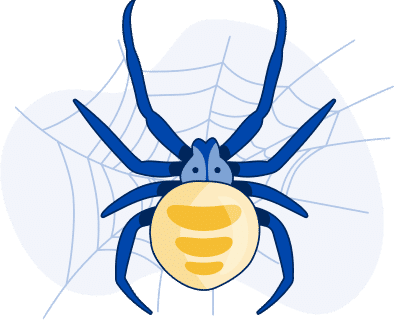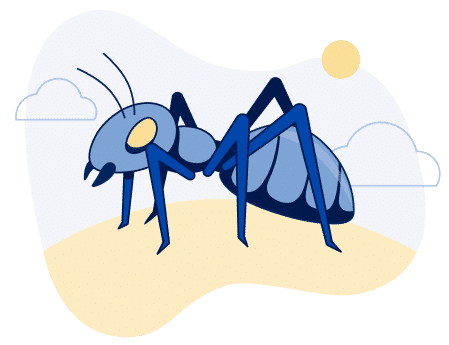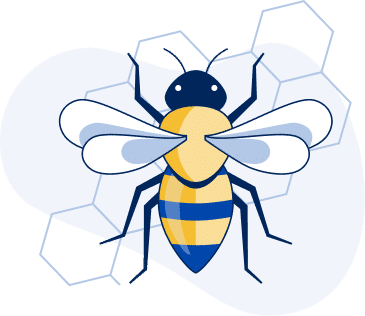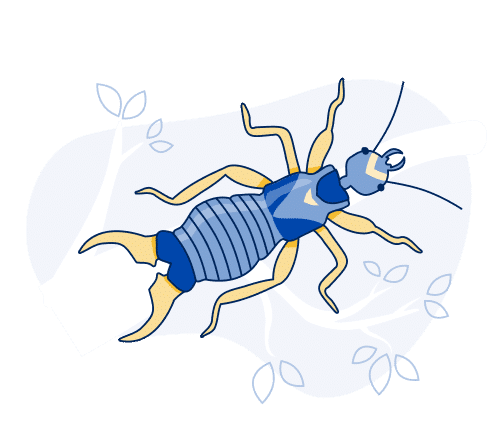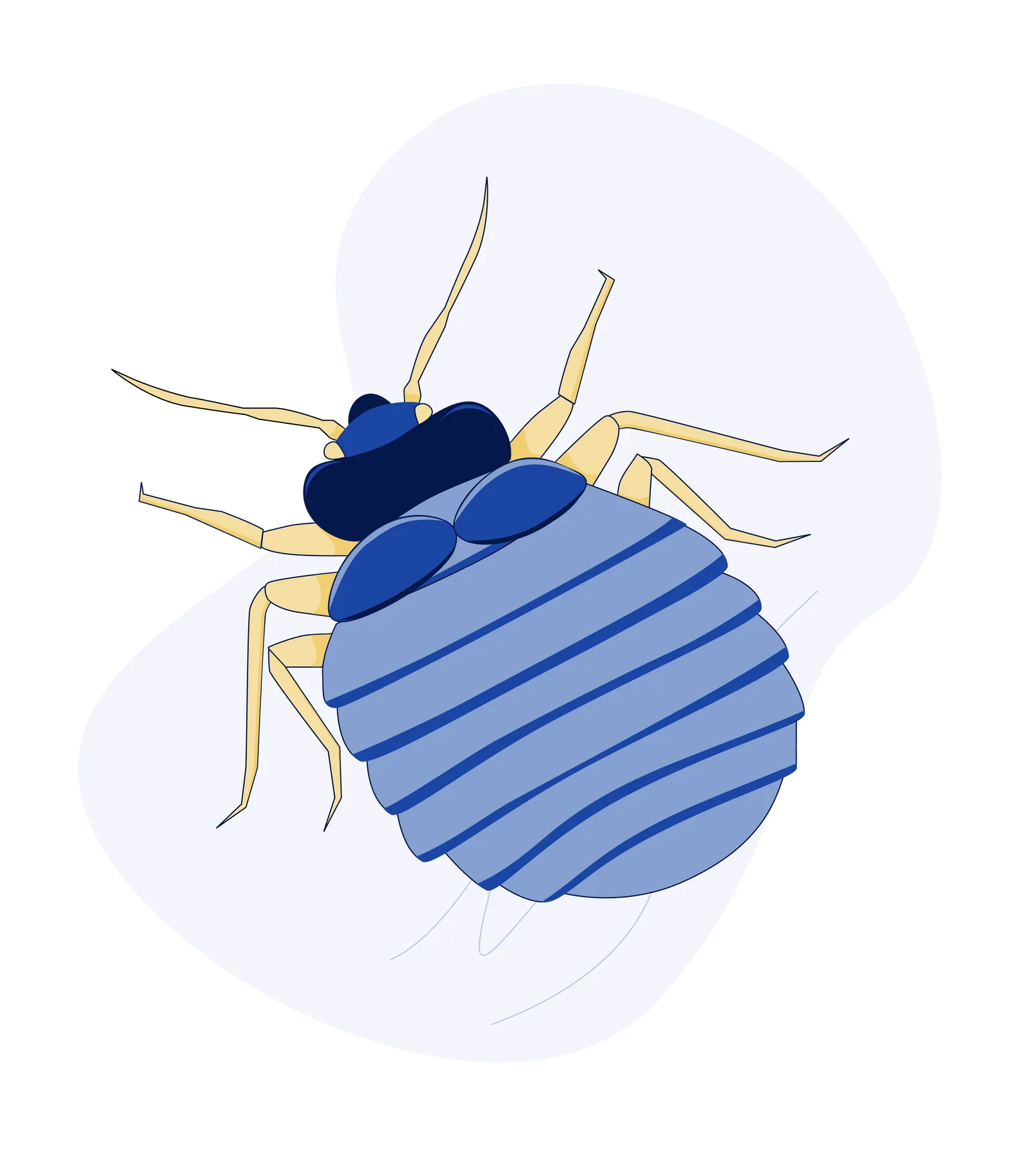Where Do Wasps Go in Winter? Essential Insights for Utah Homeowners
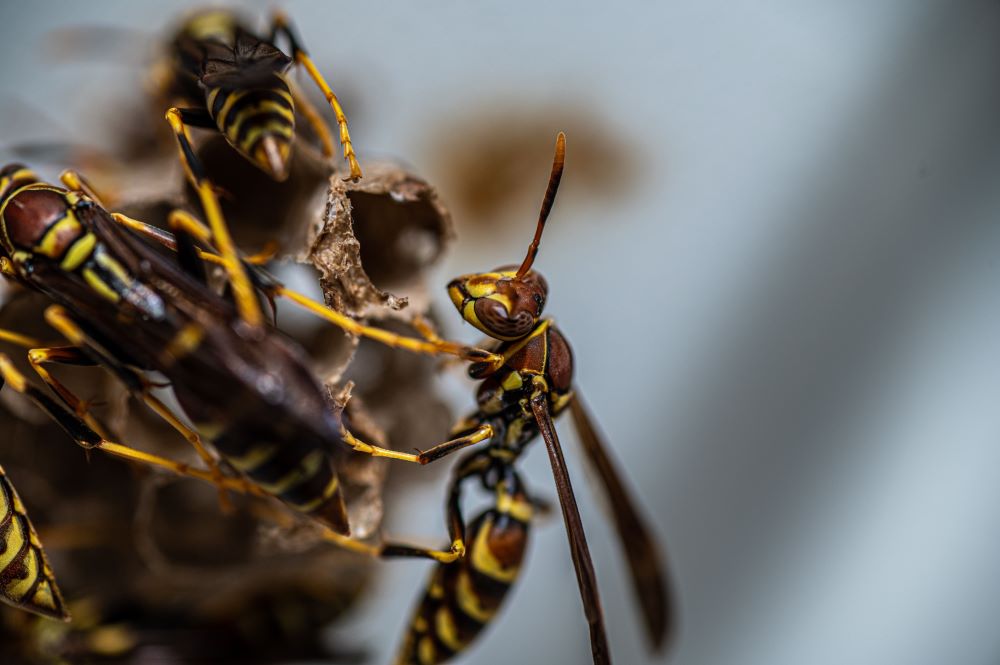
As the temperatures drop and winter approaches, most of us in Utah get a much-needed break from swatting away wasps. But have you ever wondered what happens to them when the cold weather sets in? Understanding where wasps go in winter can help homeowners prepare their homes for spring and prevent potential infestations before they happen.
In this article, we’ll uncover the winter habits of wasps in Utah, explain why it matters for homeowners, and offer actionable steps you can take to keep these stinging pests from becoming a problem come spring.
What Happens to Wasps in Winter?
Unlike some other pests, wasps don’t completely disappear during the winter months. In fact, what happens during the cold season plays a key role in how many wasps you’ll see buzzing around your Utah home when warmer weather returns.
Most wasps in a colony, including workers and males, won’t make it through the winter—they simply can’t survive Utah’s frigid temperatures. But the queen wasp has a survival strategy. After mating in the fall, she hibernates in a sheltered place until spring. Once the weather warms up, she wakes up and begins building a new colony.
This means that while you might not see wasps flying around in December, the queens are still out there, hiding and waiting for spring to return. And if your attic, shed, or garage offers the right kind of protection, she may be hibernating much closer than you’d like.
Where Do Wasps Hide in Utah?
During the colder months, queen wasps look for warm, sheltered spots to hibernate. In Utah, this can include:
- Attics and Wall Voids: Wasps will seek out dark, undisturbed areas inside your home to hibernate. The insulation in your attic or even cracks in your walls can provide a perfect hiding spot.
- Garages and Sheds: Outdoor structures are a favorite for hibernating wasps, especially those that aren’t frequently used in the winter.
- Beneath Tree Bark or Woodpiles: Wasps in more rural areas of Utah will often hide under loose bark or in woodpiles.
By identifying these common hiding spots, Utah homeowners can reduce the chances of wasps settling in for the winter and causing problems later.
Is it Safe to Remove a Wasp Nest in Winter?
Yes, winter is the safest time for Utah homeowners to remove wasp nests. During the colder months, wasps are either dormant or dead, significantly reducing the risk of being stung. Unlike in the summer, when wasps are active and aggressive, winter nests are inactive, making them easier to remove without danger. Taking action now helps prevent future wasp infestations, as new queens won’t return to old nests. For safe, efficient wasp nest removal, consider contacting a professional pest control service in Utah to ensure complete removal and peace of mind.
How Can You Prevent Wasps from Wintering in Your Home?
The key to keeping wasps at bay next spring is to act now, before winter sets in fully. Here are some simple but effective steps Utah homeowners can take:
Seal Entry Points: Wasps can slip through tiny cracks and gaps around your home. Take the time to inspect your attic, roofline, windows, and doors for any spaces they could use to get inside. Use caulk or other sealants to block these entry points.
Clear Yard Debris: Wasps will hibernate under woodpiles, leaves, or loose bark. By cleaning up your yard in the fall, you reduce the number of hiding places they have to choose from.
Check Outdoor Structures: Garages, sheds, and barns are ideal spots for queen wasps to hide. Ensure doors and windows are properly sealed and consider adding weatherstripping for extra protection.
Professional Pest Control: If you’ve noticed a lot of wasp activity during the summer, it may be worth having a professional wasp exterminator inspect your property. Professional pest control in Provo can identify potential hibernation sites and take steps to keep your home wasp-free.
Why Should Utah Homeowners Care?
Wasps aren’t a common summer pest and a summer nuisance—they can cause problems well into the colder months. If a queen wasp hibernates in or around your home, she’ll emerge in the spring and start building a new nest, potentially very close to your home. Once her new colony starts growing, wasps will become more aggressive and territorial, especially as summer heats up.
For Utah homeowners, this can mean dealing with a nest under your eaves, inside your shed, or even in your walls. Not only are wasps unpleasant to have around, but they can also pose a serious risk if someone in your household is allergic to their stings. Plus, outdoor activities like barbecues or gardening can quickly become hazardous if a nest is built near your home.
Conclusion
Though wasps may seem like a summer-only issue, their winter habits can impact your home come spring. By understanding where wasps go during the cold months and taking proactive steps to secure your property, you can prevent these stinging pests from becoming a problem.
If you’re concerned about wasps overwintering in your home or want to protect your property for next spring, contact Serve Pest Control. Our experienced team is here to help Utah homeowners enjoy a safe, wasp-free environment year-round.

